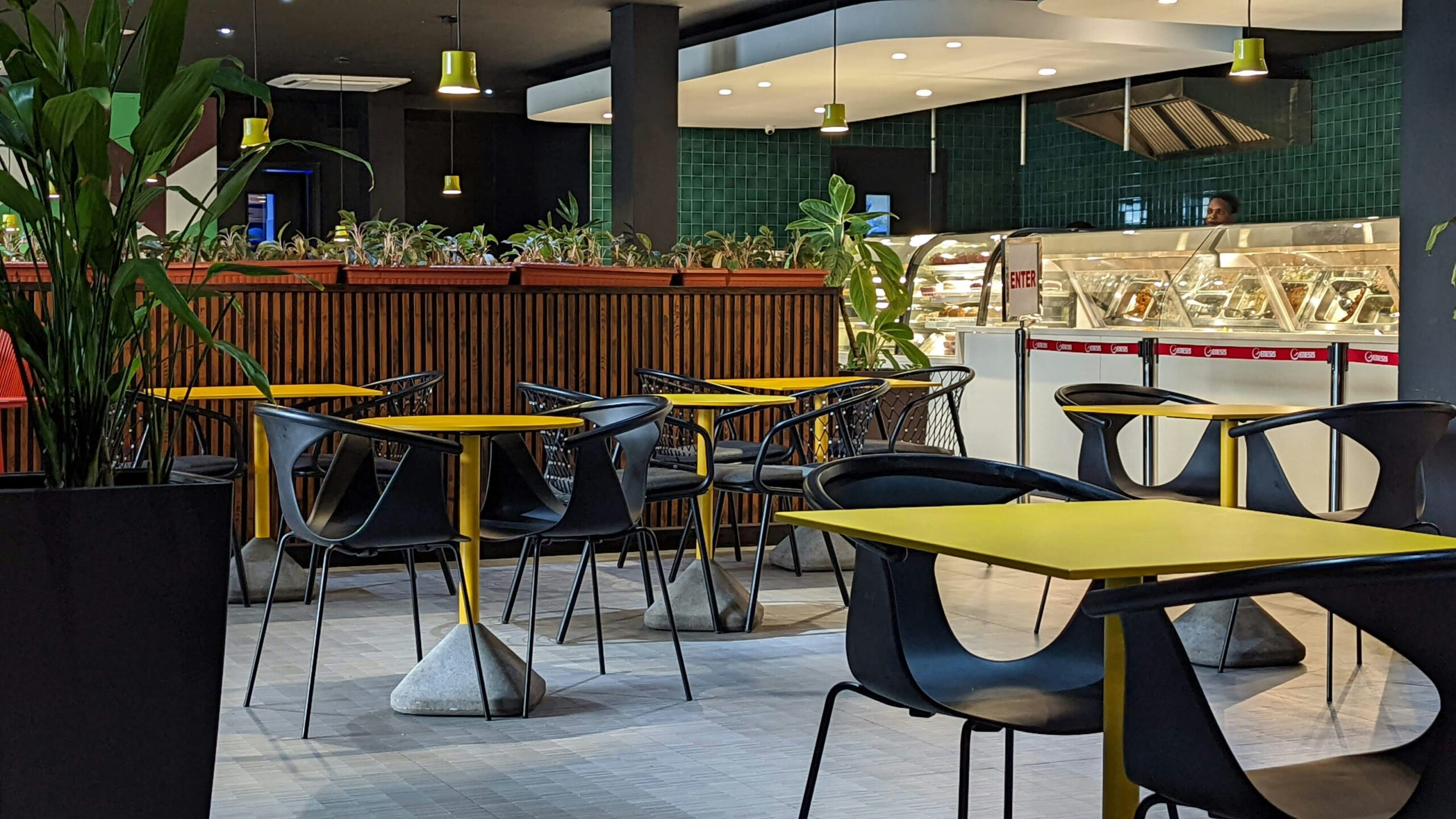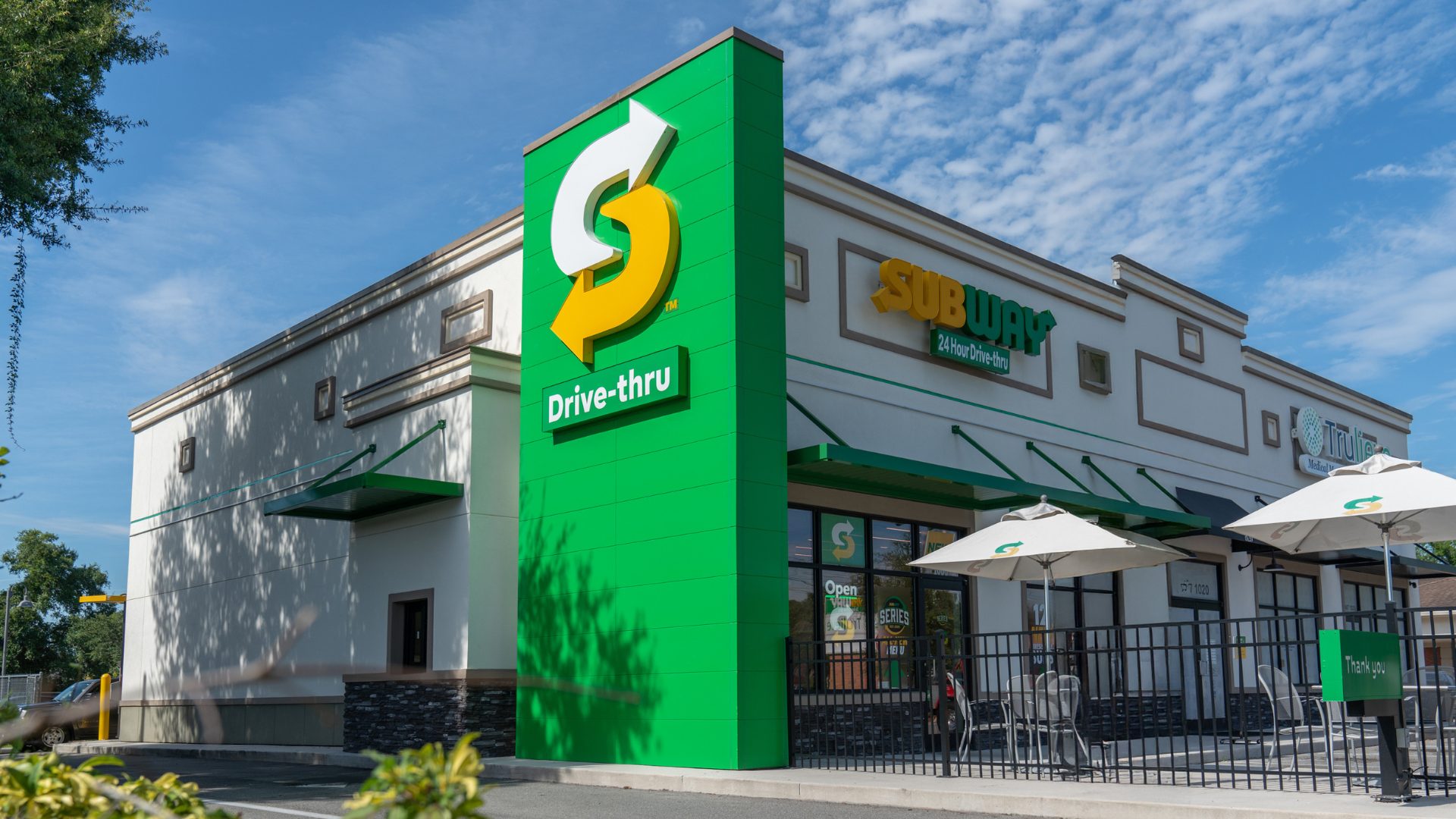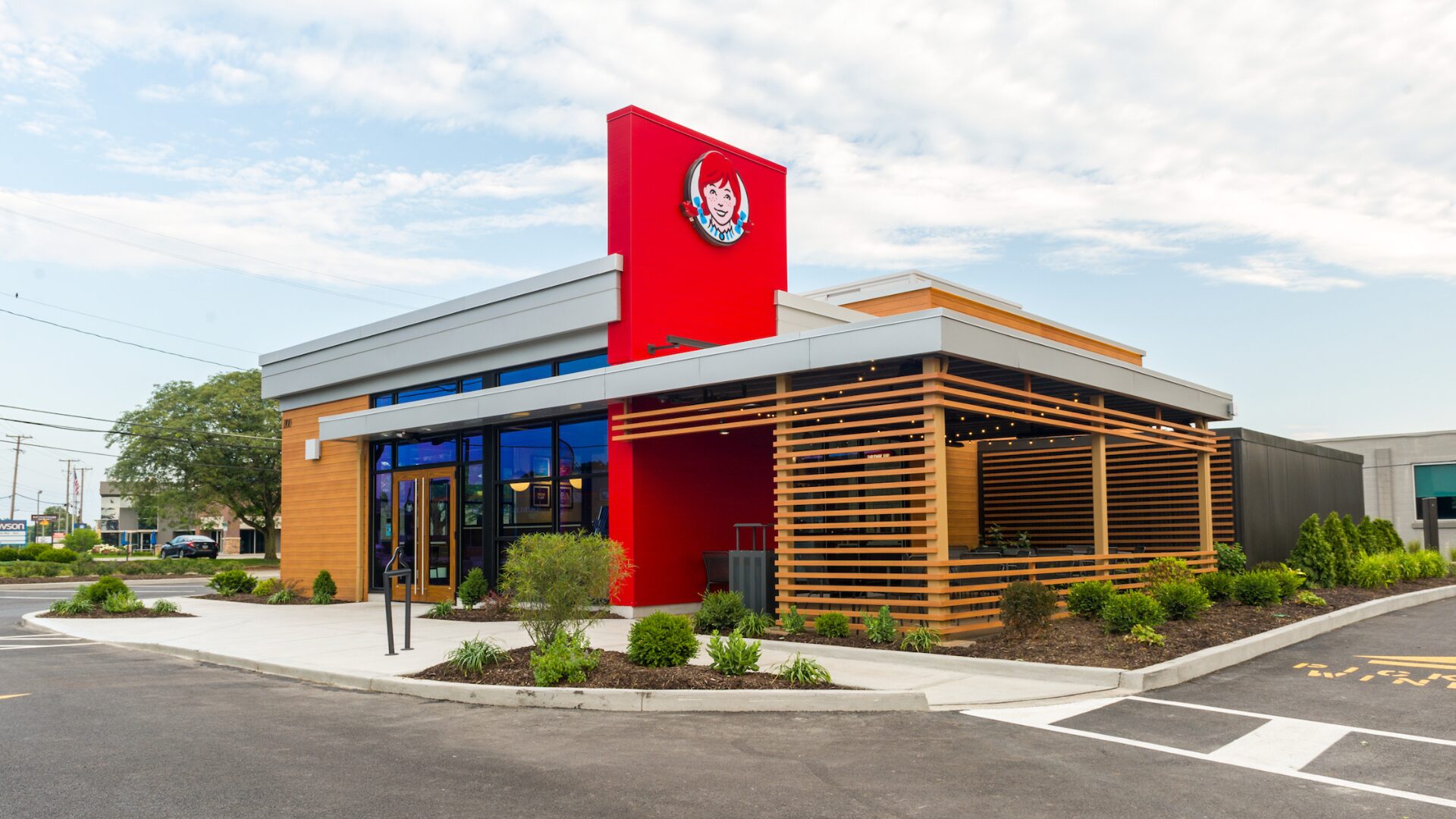A much-needed dose of relief, U.S.-based independent restaurant operators found stable ground in 2024 and are optimistic about the year ahead. Approximately 63% of leaders even indicate accelerated profits, according to a recent report from point-of-sale platform Toast.
On the other hand, only 4% posted declines, signaling a strong year ahead.
In the 2024 Voice of the Restaurant Industry Survey, which fielded responses from over 755 industry stakeholders earlier this year, businesses look forward to a moderating economy and streamlined processes resulting from artificial intelligence integration.
While inflation is still one of the most cited pain points, slightly fewer restaurants are affected by its impact, instead preoccupied with the optimization of their cost of goods sold (COGS) and management of their suppliers or vendors.
Restaurant owners took a calculated approach to inflationary pressures this year which likely helped these businesses navigate stubborn price spikes. This is no doubt the result of weathering years of economic uncertainty. They participated in the following cost-saving practices to ensure profitability:
- Adjusted their food suppliers (37%)
- Tracked ingredient prices (36%)
- Managed a leaner inventory (32%)
- Reduced their menu sizes (26%)
- Increased menu prices (34%)`
Compared to last year, eight percentage points fewer operators passed price increases to their consumers, found the report. Instead, businesses opted for other cost-saving measures like ingredient and inventory price management that can keep the burden of inflation from reaching the consumer.
Anticipating a Market Boom
These practices have given restaurants a moment’s reprieve, creating the space for smaller-footprint quick-service and full-service restaurants to ramp up expansion.
Within the next six months, 24% of those surveyed said they’re likely to open a new location in 2024, compared to 13% in 2022.
These operators are also enamored by the promise of AI integration to drive profitability. This year, 26% plan to leverage new technologies to run their business, compared to only 19% who felt the same in 2023.
When asked about how likely stakeholders will leverage AI strategies across the store, they noted the following key areas:
- Menu performance optimization (40%)
- Customer recommendations (39%)
- Benchmarking (38%)
- Overall pricing optimization (38%)
- Business performance analysis (38%)
Roughly 70% of operators say they’re either very interested or extremely interested in dynamic pricing – the practice of modifying prices in response to market conditions.
That pricing strategy, however, can be tricky for restaurants to implement as major conglomerates, including Stub Hub and Wendy’s, continue to face scrutiny for these tactics.
Earlier this year, Wendy’s was compelled to clarify that their dynamic pricing was focused more on discounts aimed at slower periods rather than increasing prices in the face of surging demand. The Toast report warned of the implicit risk behind demand-based premiums.
“It’s unclear how many restaurants will implement dynamic pricing that results in higher prices at certain hours, which could hurt their relationship with their guests and turn them off from the restaurant altogether,” said Toast in a statement.
Only 7% of operators said they currently leverage some form of dynamic pricing and tend to gear them towards lower-priced lunch promotions, and happy hour discounts.
All in all, foodservice appears primed for a year of solid growth.












